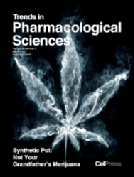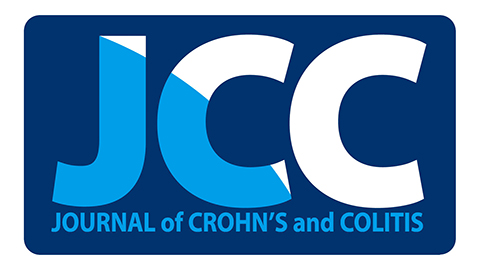
“Evidence obtained in recent decades has demonstrated that the brain still matures in adolescence. Changes in neural connectivity occur in different regions, including cortical and subcortical structures, which undergo modifications in white and gray matter densities. These alterations concomitantly occur in some neurotransmitter systems and hormone secretion, which markedly influence the refinement of certain brain areas and neural circuits.
The immaturity of the adolescent brain makes it more vulnerable to the effects of alcohol and drug abuse, whose use can trigger long-term behavioral dysfunction.
This article reviews the action of alcohol and drug abuse (cannabis, cocaine, opioids, amphetamines, anabolic androgenic steroids) in the adolescent brain, and their impact on both cognition and behavioral dysfunction, including predisposition to drug abuse in later life. It also discusses recent evidence that indicates the role of the neuroimmune system response and neuroinflammation as mechanisms that participate in many actions of ethanol and drug abuse in adolescence, including the neurotoxicity and alterations in neurocircuitry that contribute to the dysfunctional behaviors associated with addiction.
The new data suggest the therapeutic potential of anti-inflammatory targets to prevent the long-term consequences of drug abuse in adolescence.”
https://www.ncbi.nlm.nih.gov/pubmed/30468786
https://www.sciencedirect.com/science/article/pii/S073657481830251X?via%3Dihub

 “Changes in lipid metabolism are intimately related to cancer. Several classes of bioactive lipids play roles in the regulation of signaling pathways involved in neoplastic transformation and tumor growth and progression.
“Changes in lipid metabolism are intimately related to cancer. Several classes of bioactive lipids play roles in the regulation of signaling pathways involved in neoplastic transformation and tumor growth and progression.





